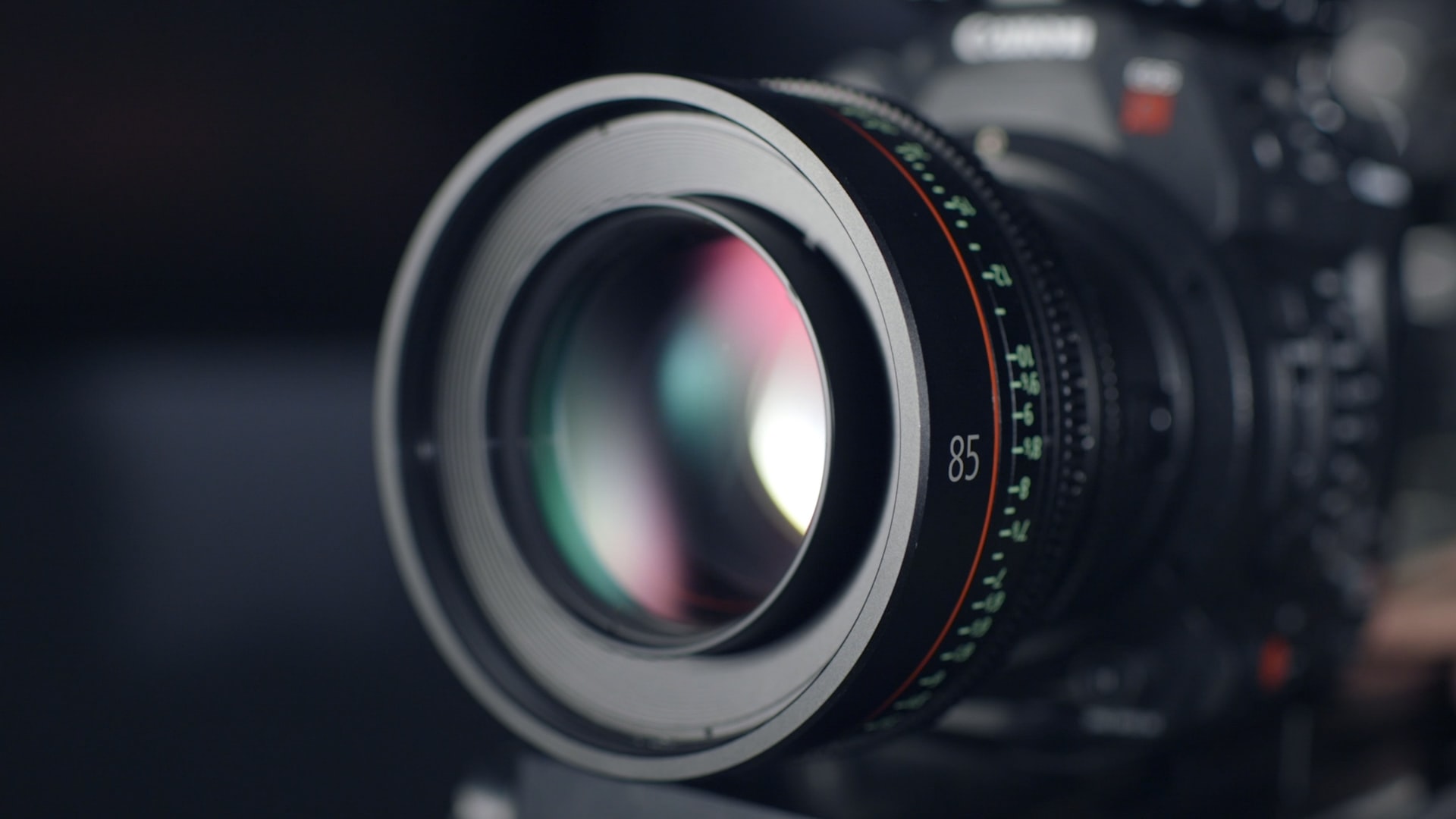When it comes to buying a new camera, there are many things you need to keep in mind. Many different types of cameras offer different features and benefits for your photography needs. Try out a lot of cameras from all price ranges until you find something that works well with your hands and eyesight because there’s no point in having an expensive piece if it doesn’t suit your needs.

1. Sensor Performance
Sensor performance can be a really important factor to consider when looking for the right camera. The sensor is what captures all of your images, so it’s worth investing in something that will not limit you down the line. There are two main types of sensors: CCD and CMOS. Cameras typically contain either CCD or CMOS sensors, some new cameras use a combination of the two. CCD sensors are considered very high quality and CMOS is slightly lower, but both offer advantages for photographers.
These days most cameras come with CMOS sensors which allow users incredible flexibility when editing their photos – however, if you’re unsure then there’s no harm in asking before buying! For example, if you can’t choose between Nikon D850 and Nikon D780, the winner is Nikon D850 due to having a better sensor performance than the other. You want to make sure that both image processing and autofocus speed aren’t compromised by using a lower-quality device.
2. Cost
Consider the kind of camera that you can afford. The market has a variety of cameras with different features and prices, so it’s important to find one within your budget range. As a rule of thumb, buy at least an entry-level DSLR for more flexibility in terms of lenses and other accessories while choosing a mirrorless is best if you want something compact or lightweight enough to be carried around all day. While some photographers may argue that an expensive model offers better quality images than mid-range ones there are many high-end models which produce very good pictures even when used by advanced amateurs or photo enthusiasts who don’t have any formal training on photography equipment like Nikon D600 (featured image). There’s no need to buy a very expensive camera unless you’re certain that it’s what you need.
3. ISO
When looking to buy a new camera, you must have in mind what kind of work you will be doing with your camera. Cameras are very versatile and can fill many roles when taking pictures, but they all excel at different things because of their capabilities.
ISO plays an integral role in digital photography. One must have an understanding of what ISO does and how to properly use it so as not to affect their photos negatively. The higher the number of iso, the more light will enter into your sensor thus creating a brighter image but with increased noise or graininess which leads us to our next point about high ISOs.
One thing to consider for example would be the ISO range on the camera. If you are photographing indoors or at night time much more often than during daylight conditions then perhaps investing in a higher-end model might not give you as much bang-for-your-buck compared to if you were shooting mostly outdoors where there’s plenty of light available during daytime hours. You want an iso capable up into three digits which means 100 through 6400 depending on how high you want it to go.
4. Video Capabilities
Another thing to think about is video capabilities because if you are looking for a camera to record things other than still shots, then you should consider how high of definition the videos will be. Some cameras do not go beyond 1080p which might make editing difficult depending on what program or application you’re using. You want at least 720p but ideally full HD 1920 by 1080 pixels resolution recording capability. The last consideration would have to be frame rates and this one isn’t nearly as important unless perhaps you are shooting sports or something that requires very fast motion to appear smooth when played back later on a viewing device since it can affect playback quality negatively otherwise.
A few other things to consider are shutter speeds, how many megapixels your camera can take pictures at, and the features of the camera itself. These last two depend entirely on what you want out of a digital photography experience so they will vary greatly depending on who you ask or which professional photographer is giving advice. Cameras come in all shapes sizes with different capabilities that suit them better for certain types of work but ultimately it depends on what kind of work YOU plan to do most often when taking photos that determines whether one camera might be more ideal than another for your needs.

The most important tip is to make sure you get a camera that will be easy for you to use. Look at the size and layout of buttons, menus, and dials on different models before buying one. If the controls are not intuitive enough for you to figure out without consulting a guide or manual, look elsewhere.





